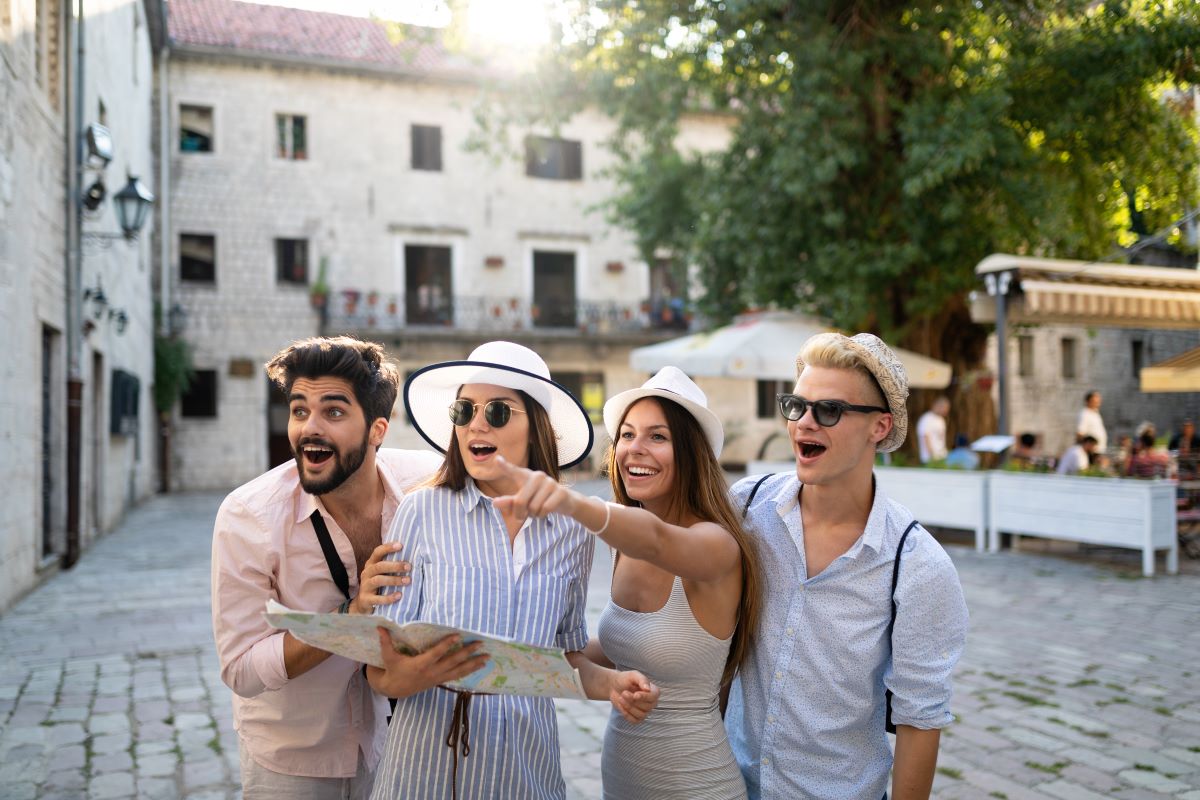Tourism has always been a double-edged sword. On one hand, it brings economic opportunities, cultural exchange, and global connectivity. On the other, it can disrupt local lifestyles, inflate prices, and strain natural resources. When tourists flock to popular destinations, the impact on the local community can be profound—both positive and negative.
This article explores how locals really feel about tourists in popular travel spots around the world, the psychological and cultural effects of tourism, and how travelers can act responsibly to create mutual respect and harmony.
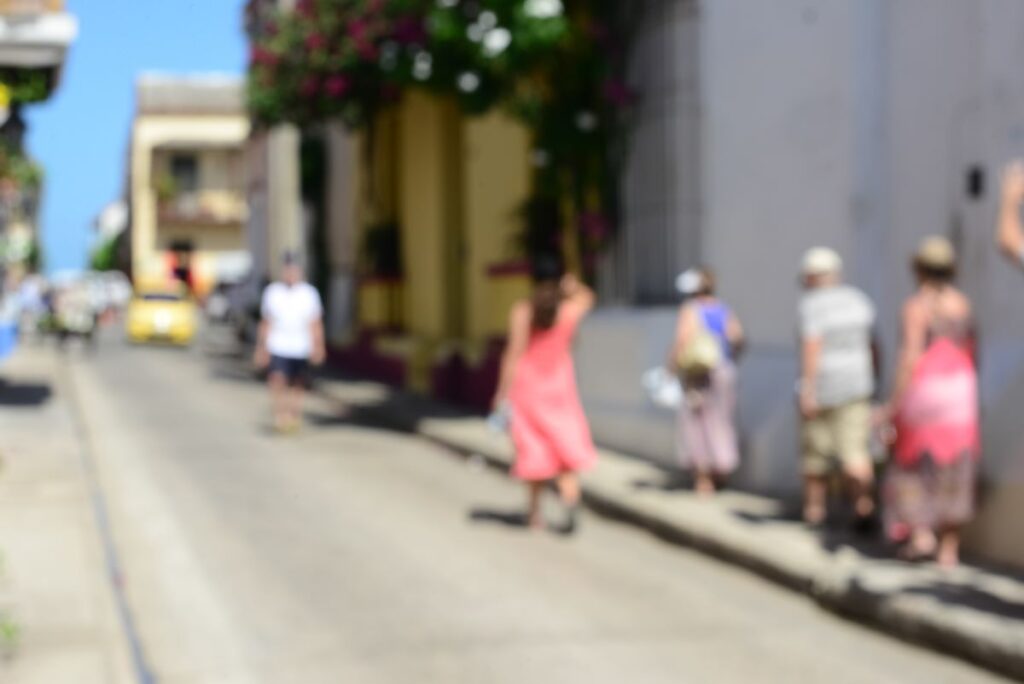
The Dual Nature of Tourism
Tourism is one of the world’s largest industries, accounting for over 10% of global GDP. In destinations like Bali, Santorini, and Barcelona, tourists outnumber residents during peak seasons. For locals, this influx brings both prosperity and pressure.
Positive Impacts of Tourists:
| Benefit | Description |
|---|---|
| Economic Growth | Local businesses thrive on tourism revenue from hotels, restaurants, and tours. |
| Cultural Exchange | Locals get to share their traditions and learn about global cultures. |
| Infrastructure Improvement | Roads, airports, and public facilities often improve due to tourism investment. |
| Job Creation | From tour guides to artisans, tourism supports local employment. |
Negative Impacts of Tourists:
| Issue | Description |
|---|---|
| Overcrowding | Locals face traffic, long queues, and loss of privacy. |
| Environmental Damage | Pollution, waste, and overuse of resources strain ecosystems. |
| Cultural Dilution | Traditional customs sometimes get commercialized for tourist appeal. |
| Rising Costs | Rent and commodity prices often increase, pushing out long-term residents. |
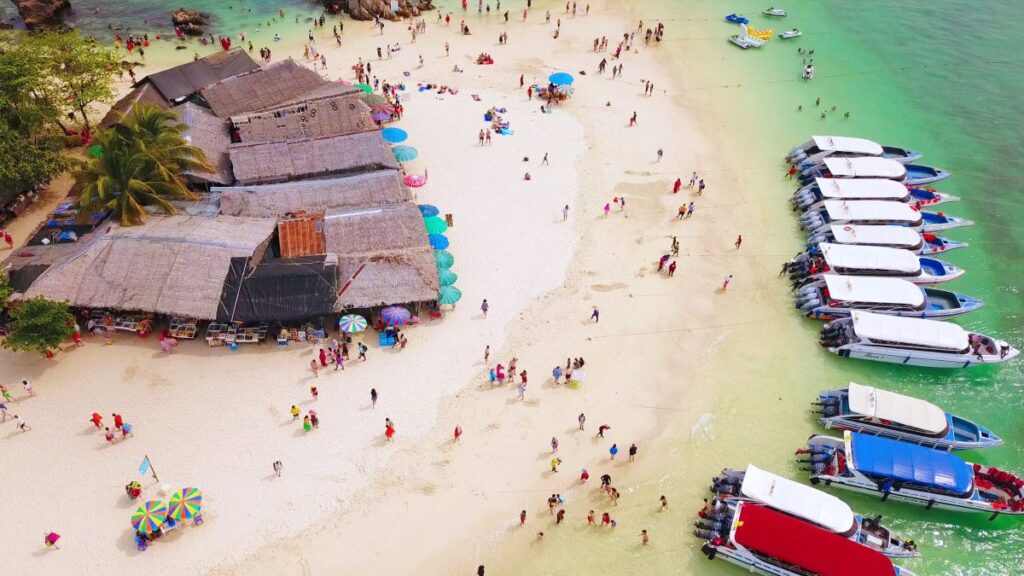
How Locals Feel About Tourists: The Mixed Emotions
Locals’ feelings toward tourists are rarely black-and-white. Their attitudes depend on the scale of tourism, local governance, and how visitors behave.
1. Appreciation for Economic Support
In many developing destinations, locals appreciate tourists for sustaining livelihoods. For instance, artisans in Morocco or fishermen in Thailand depend heavily on visitor spending.
“Tourists help keep our culture alive by buying local crafts,” says a Bali street vendor. “But sometimes, they forget this is our home, not just a holiday spot.”
2. Frustration Over Disrespectful Behavior
Many locals express frustration with tourists who ignore social norms—like inappropriate clothing at religious sites or disruptive nightlife in quiet neighborhoods.
Respect goes a long way. Simple gestures such as learning local greetings or following cultural etiquette can transform interactions.
3. Concern Over Over-Tourism
Cities like Venice, Kyoto, and Reykjavik are experiencing “tourism fatigue.” Locals feel overwhelmed as daily life becomes secondary to visitor convenience. Venice, for example, now has population decline because housing prices favor short-term rentals for tourists.
4. Pride in Sharing Their Culture
In contrast, many locals feel honored to showcase their heritage. Communities that organize cultural festivals or local tours often view tourists as partners in preservation rather than intruders.
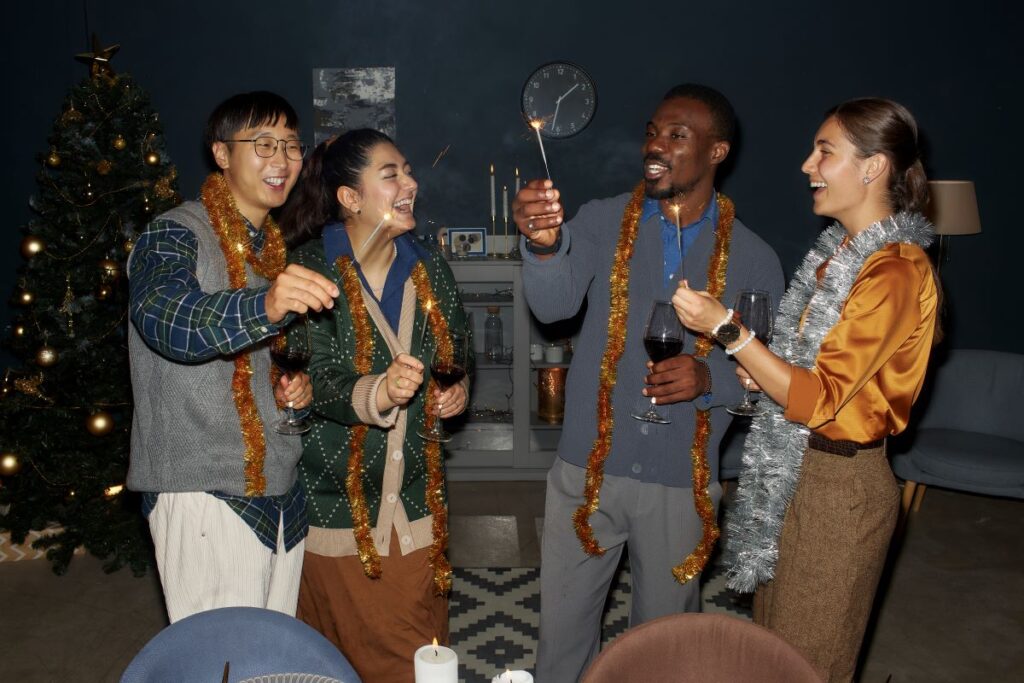
Case Studies: Local Perspectives Around the World
| Location | Local Sentiment | Reason |
|---|---|---|
| Kyoto, Japan | Mixed | Locals value cultural respect but dislike overcrowding in temples. |
| Bali, Indonesia | Positive with concerns | Tourism fuels jobs but strains nature and traditions. |
| Barcelona, Spain | Negative in city center | Locals protest over rising rents and noise. |
| Reykjavik, Iceland | Generally positive | Tourism boosted economy after 2008 crisis, but sustainability is a growing worry. |
| Venice, Italy | Largely negative | Overtourism and cruise ships threaten local life and environment. |
| Chiang Mai, Thailand | Balanced | Locals appreciate respectful digital nomads but dislike party tourism. |

How Tourists Can Improve Their Impact
To bridge the gap between locals and tourists, responsible travel is key.
Practical Tips for Tourists:
- Learn local customs and greetings before arriving.
- Support small businesses—eat at local restaurants and buy handmade crafts.
- Respect private spaces—remember that local areas aren’t theme parks.
- Minimize environmental impact—use refillable bottles, avoid littering, and respect wildlife.
- Travel off-season to reduce crowd pressure.
- Be mindful of photos—always ask before photographing locals or sacred spaces.
The Psychology of Tourism: Why Tension Happens
The relationship between locals and tourists often reflects deeper psychological dynamics. Locals see constant change, while tourists see novelty. This difference in perspective creates tension when both groups use shared spaces differently.
Psychological Factors Influencing Perception:
| Factor | Effect on Locals | Effect on Tourists |
|---|---|---|
| Sense of Ownership | Locals feel invaded when places become tourist-centric. | Tourists feel entitled due to their spending. |
| Cultural Pride | Locals want to preserve authenticity. | Tourists seek “exotic” experiences. |
| Temporal Presence | Locals live the routine. | Tourists live the highlight. |
The key lies in empathy—understanding that both groups share the same space temporarily but with different needs and expectations.
Sustainable Tourism: Building a Better Relationship Between Locals and Tourists
Sustainability has become the bridge between tourists and local communities. When managed responsibly, tourism doesn’t just bring money—it helps protect traditions, preserve nature, and strengthen community identity.
1. The Rise of Eco-Tourism
Eco-tourism encourages tourists to travel with purpose—supporting conservation efforts, minimizing waste, and respecting cultural heritage.
Countries like Costa Rica and New Zealand have turned eco-tourism into major economic engines while keeping ecosystems intact.
Benefits of Eco-Tourism for Locals and Tourists:
| Category | Benefit for Locals | Benefit for Tourists |
|---|---|---|
| Economic | Fair income from small-scale tourism | Authentic, locally guided experiences |
| Environmental | Protection of natural habitats | Clean and less crowded destinations |
| Cultural | Preservation of traditional practices | Deep cultural immersion and understanding |
2. The Concept of Slow Travel
Slow travel emphasizes depth over speed. Instead of rushing through five cities in a week, tourists stay longer in one place, learn local customs, and form real human connections.
Locals often appreciate this type of traveler because they invest in the community—renting apartments, shopping locally, and attending cultural events.
“When tourists stay longer, they become part of our neighborhood,” says a café owner in Lisbon. “They learn our rhythm instead of changing it.”
3. Local Involvement in Tourism Planning
Some cities have started involving residents in tourism decision-making. Amsterdam, for example, introduced local tourism boards that collect feedback from citizens to balance tourist influx.
When locals feel empowered, they’re more likely to welcome tourists instead of resisting them.
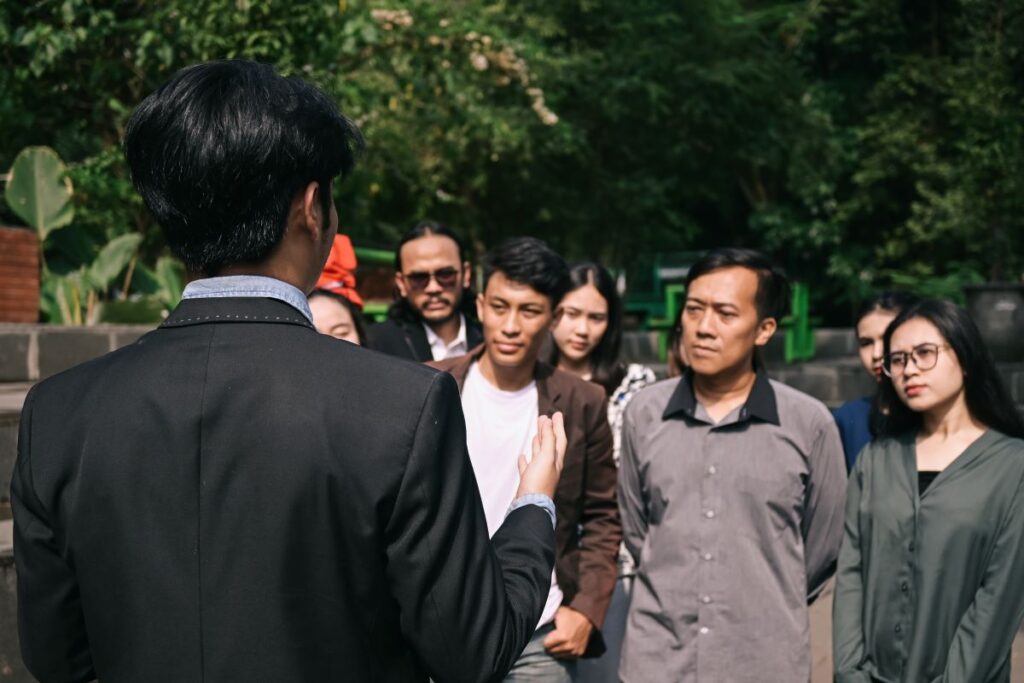
The Economic Reality: Do Tourists Really Help Locals?
While tourists inject money into local economies, not all of it reaches residents. Many developing nations see profits funnel back to foreign-owned hotels or tour companies—a phenomenon known as tourism leakage.
Tourism Revenue Breakdown (Approximate):
| Destination Type | % Revenue Reaching Locals | Common Leak Sources |
|---|---|---|
| Developed Destinations (e.g., France, USA) | 70–80% | Marketing costs, international franchises |
| Developing Destinations (e.g., Thailand, Kenya) | 40–50% | Foreign-owned resorts, international booking agencies |
| Island Economies (e.g., Maldives, Fiji) | 20–30% | Imported goods, cruise ship spending |
Encouraging tourists to book directly with local providers, eat in family-owned restaurants, and buy handmade souvenirs ensures money stays within the community.
Modern Trends: How Locals Are Redefining Tourism
As social media drives global travel trends, locals are finding creative ways to reclaim their cities and redefine how tourists experience them.
1. Local-Led Experiences
Locals now offer tours, workshops, and homestays through platforms like Airbnb Experiences. These personalized encounters give tourists insider perspectives—learning cooking, pottery, or traditional dances directly from residents.
2. Digital Nomads and Long-Term Tourism
Remote work has blurred the line between resident and tourist. Cities like Lisbon and Bali now attract digital nomads—long-term tourists who contribute to local economies but also strain housing markets. Locals generally appreciate respectful nomads who integrate socially and support local initiatives.
3. Community Tourism Campaigns
Many destinations now run awareness campaigns encouraging tourists to “travel like a local.” Japan’s “Respect the Locals” and Iceland’s “Inspired by Iceland” campaigns promote mindful tourism, reducing friction between travelers and residents.
The Future of Tourism: Finding Harmony Between Visitors and Locals
The future depends on balance. Governments, locals, and tourists must collaborate to create respectful, sustainable travel ecosystems.
Key Steps Toward Harmonious Tourism:
- Smart City Tourism Management: Cities like Venice and Dubrovnik use visitor caps and booking apps to prevent overcrowding.
- Education and Awareness: Promoting responsible tourism through online campaigns and airport briefings.
- Cultural Preservation Grants: Allocating part of tourism tax revenue to preserve heritage sites and local crafts.
- Authentic Storytelling: Encouraging tourists to share real experiences instead of just “Instagrammable” moments.
When tourists view destinations not just as backdrops but as living, breathing communities, both sides benefit.
Conclusion: The Human Connection Between Locals and Tourists
At its core, tourism isn’t about selfies or souvenirs—it’s about connection. Every smile, every shared meal, and every respectful exchange strengthens the bond between tourists and the locals who host them.
Locals don’t dislike tourists—they dislike disrespect. When visitors show empathy, patience, and cultural curiosity, they’re not just travelers; they become global citizens helping make the world smaller, friendlier, and more united.

1. Why do some locals dislike tourists?
Locals may dislike tourists when they overcrowd neighborhoods, disrespect cultural traditions, or contribute to rising living costs. Responsible travel helps prevent these issues.
2. How can tourists respect local cultures while traveling?
Learn basic local customs, dress appropriately, ask permission before taking photos, and support local businesses to show respect.
3. Do tourists help local economies?
Yes, tourists boost local economies by spending on accommodation, food, and attractions. However, to maximize impact, travelers should buy from locally owned vendors.
4. Which countries are most affected by over-tourism?
Destinations like Venice, Bali, Barcelona, and Kyoto face over-tourism challenges, prompting government interventions to protect local life and heritage.
5. What’s the difference between eco-tourism and regular tourism?
Eco-tourism focuses on minimizing environmental impact and supporting local communities, while regular tourism often prioritizes leisure and convenience.
6. How can tourists reduce their environmental footprint?
Use public transport, avoid single-use plastics, travel off-season, and choose sustainable accommodations.
7. Do locals benefit from digital nomads?
Yes, digital nomads can benefit locals through long-term spending and cultural exchange—if they integrate respectfully and avoid inflating rent prices.
8. Where can I learn more about responsible travel?
You can explore more sustainable travel practices at World Tourism Organization (UNWTO) — a trusted global source for responsible tourism insights.
Q1. Why do locals have mixed feelings about tourists?
Locals often appreciate the economic benefits that tourists bring, such as job creation and cultural exchange, but overcrowding, rising prices, and environmental strain can lead to frustration in popular destinations.
Q2. How can tourists be more respectful when visiting local communities?
Tourists can show respect by learning basic local customs, dressing appropriately, supporting small businesses, and avoiding behaviors that disrupt local life.
Q3. Do tourists impact local cultures positively?
Yes. When tourists engage thoughtfully, they can help preserve traditions through interest and financial support for cultural festivals, crafts, and heritage sites.
Q4. What are some destinations struggling with too many tourists?
Places like Venice, Bali, and Barcelona have experienced “overtourism,” where the number of tourists exceeds the city’s capacity to sustain comfortable living for locals.
Q5. How do locals benefit from tourism?
Locals benefit through job opportunities, infrastructure improvements, and cultural exchange that can enhance education and entrepreneurship.
Q6. What are some destinations that welcome tourists warmly?
Countries like Japan, Portugal, and New Zealand are known for their hospitality toward tourists, thanks to strong community values and tourism management strategies.
Q7. How do fashion and cultural expression influence how tourists are perceived?
Fashion often reflects identity, and locals sometimes view tourists based on how they dress or represent themselves. You can read more about cultural fashion cycles in our blog on Fashion Trends Explained: Why Styles Keep Coming Back Every 20 Years.
Q8. Can better communication improve local-tourist relationships?
Absolutely. Simple efforts like learning a few local phrases, being patient, and showing appreciation for the culture can greatly improve how locals perceive tourists.

